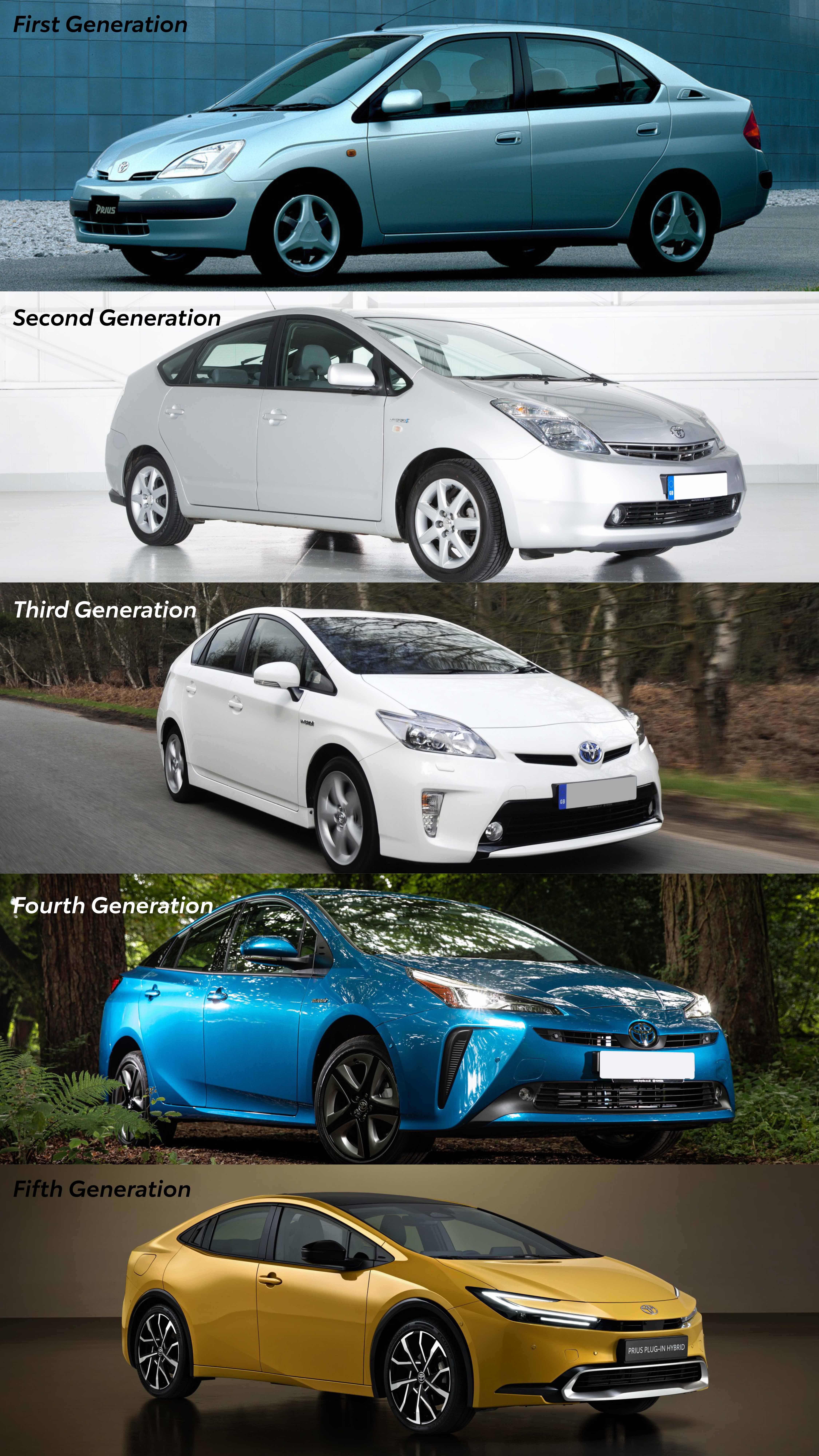Whether you’ve got a question or some helpful feedback, we’re all ears and would welcome your comments. If you do have a question, we will endeavor to get back to you as soon as possible



Hybrid Histories
Toyota ventured into hybrid technology with the introduction of the Prius hybrid in 1997. It was the first mass produced hybrid that came to market and has become a statement vehicle for the manufacturer ever since. This hybrid technology would shape Toyota’s vehicles to this day, and the technology has only evolved over time.
This includes the upcoming fifth generation Prius to be released later this year, which is a Prius that will be housing a Plug-In hybrid powertrain. This will compliment Toyota’s multi-path approach to carbon neutrality. Currently, there have been more than 23 million Prius sold, 5 million of which are hybrid or plug-in hybrid. With an eye-catching appearance and a surprising amount of power at 223 overall bhp, this vehicle makes for a versatile and stylish choice.
Currently, most of Toyota’s vehicles house a hybrid powertrain, varying from the Yaris to the RAV4 and everything in between. This has transformed the market and encouraged more economical and environmentally considerate driving. A hybrid vehicle operates as a standard petrol vehicle with a combustion engine, alongside a small battery. This means the car has regenerative braking so for a small proportion of your journey, you can run on electric.
The biggest benefit of a hybrid vehicle is you’re taking a step towards electrification with very little difference in your driving. And, you can drive a vehicle that brings you a step closer towards EV without having to plug in. You just fill up, as you would a regular petrol vehicle.
With Toyota improving their battery technology, this has contributed to a reduction in carbon emissions by almost 31 in the last 10 years. And they only look to improve this in future. From 2019, they have committed to reducing this by more than 50% by 2035. This is through their Battery Electric, Hybrid and Plug-In hybrid vehicles.

Stay tuned for more beyond Zero blog content.